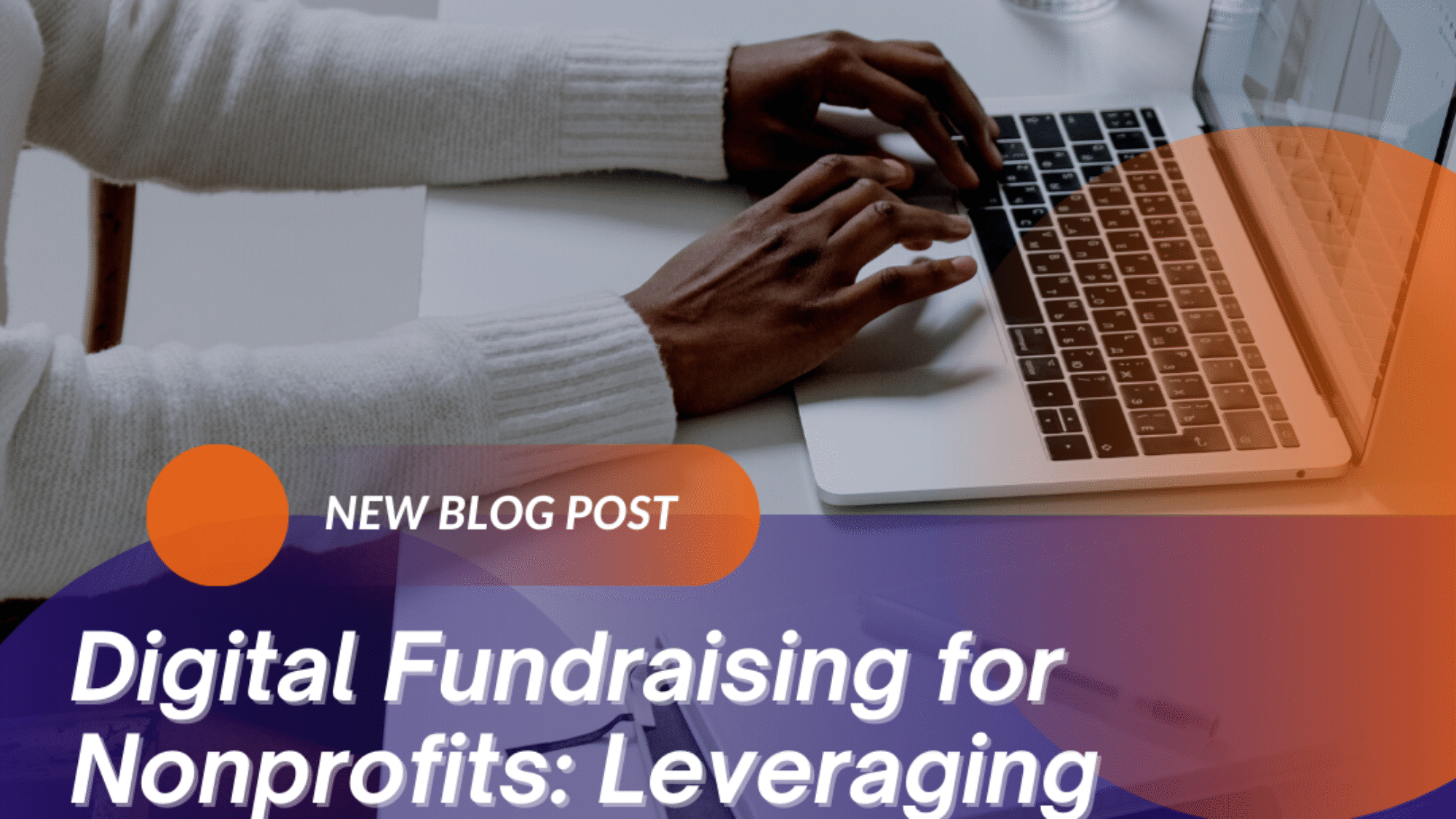As a nonprofit organization, you’re on a mission to do good, and digital marketing is a powerful ally that can help you achieve your goals. With the internet and social media, you have the potential to reach a wider audience than ever before. But to be successful, you need a plan and the right tools.
This guide will help you understand how to use digital marketing to benefit your nonprofit. We’ll take you through the essential steps and explain why each strategy is important. By the end of this guide, you’ll feel confident in your ability to take your nonprofit to new heights leveraging digital marketing.
Step 1: Understand Your Audience
Understanding your audience is crucial to the success of your digital marketing efforts. It helps you identify who your supporters are, what they care about, and what motivates them to engage with your organization. To understand your audience, you can conduct surveys, analyze social media data, or engage with them directly to gather feedback. This information will help you tailor your messaging and digital marketing strategy to resonate with your audience.
Step 2: Define Your Goals
Defining your goals sets the foundation for your digital marketing strategy. Your goals should be specific, measurable, achievable, relevant, and time-bound (SMART). You can focus your efforts and measure your progress by setting clear goals. Some common goals for nonprofits include increasing donations, growing their audience or volunteer base, or raising awareness about their cause.
Step 3: Craft Your Message
Your message is the core of your nonprofit’s brand. It’s what sets you apart from other organizations and resonates with your audience. Crafting a powerful message requires a deep understanding of your audience and their needs. It should be concise, compelling, and emotionally resonant. Your messaging should also be consistent across all of your digital channels to build a strong brand identity.
Step 4: Choose the Right Platforms
Choosing the right platforms to communicate your message is critical to reaching your audience effectively. You should consider where your audience spends their time online and which platforms are the most effective for your nonprofit’s goals. You might choose to focus on social media platforms like Facebook, Twitter, or Instagram, or consider email marketing, blogging, or video marketing. It’s important to choose platforms that align with your goals and messaging.
Step 5: Create Great Content
Creating great content is essential to engaging your audience and driving action. Your content should be informative, entertaining, and emotionally resonant. It should be tailored to your audience’s interests and needs and reflect your nonprofit’s message and values. You can create a variety of content types, including blog posts, videos, infographics, and social media posts.
Step 6: Engage and Build Community
Engaging with your audience and building a sense of community is an essential part of digital marketing. You should respond to comments on your posts, ask for feedback, and encourage discussion. You can also create online groups or forums where your supporters can connect and engage with your organization. Building a sense of community helps to create a more engaged audience and can lead to increased support for your nonprofit.
Step 7: Track and Learn
Tracking your digital marketing metrics and analyzing them regularly allows you to understand what’s working and what’s not. You can use tools like Google Analytics, social media insights, or email marketing metrics to collect data. By analyzing this data, you can refine your strategy and make data-driven decisions. Regularly tracking and analyzing your metrics helps you to identify trends and adjust your strategy accordingly.
Step 8: Collaborate and Connect
Collaborating with other nonprofits or influencers can amplify your message and help you reach a wider audience. You can network with influencers or passionate supporters to build connections and collaborations that can make a more significant difference in the world. Collaborating with other organizations can help you to expand your reach and build credibility in your industry.
Step 9: Stay Legal and Honest
Respecting people’s privacy and being transparent about how you use data is critical in building trust with your audience. You should obtain consent when collecting personal information and explain how you use the data. Honesty and transparency are the foundations of trust and an essential part of building a reputation as a trustworthy organization. By staying legal and honest, you can build strong relationships with your supporters and maintain their trust.
Step 10: Celebrate Your Wins
Celebrating your successes is essential to keeping your team motivated and engaged. You should involve your supporters in your victories and thank them for their contributions. Celebrating your wins is a way to acknowledge how far you’ve come and motivate both your team and your supporters for the journey ahead. Celebrating your successes also helps you to build a positive reputation and can attract new supporters to your nonprofit.
By applying these strategies to your nonprofit’s digital marketing efforts, you’re well on your way to unlocking the full potential of digital marketing. Remember that every action you take in the digital space has the potential to touch hearts, inspire action, and make a lasting impact.
Now, it’s time to put this comprehensive guide into action. Apply these strategies to your nonprofit’s digital marketing efforts. Your mission is essential, and when you use digital marketing the right way, you can amplify your voice and reach. Go ahead with confidence and make your nonprofit visible to the world.


